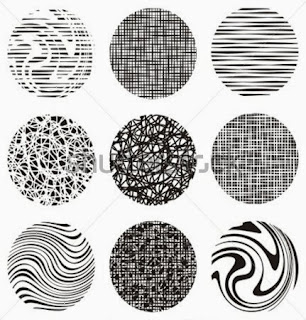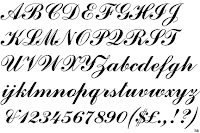200813 Tues.
[Well well in order to achieve so called FUN YET EDUCATIONAL, I shall start making my post not that SERIOUS as possible lol. :b]
This was our first OFFICIAL presentation for Principles of Design. The previous one was just an "appetizer" so that we could be more familiar to each other. :x Well seriously there is one thing that makes us design student PROUD, that is: we don't need to wear formal attire for presentation (well except for English). I know you're envy. 8D
Alright back to the topic. Among all my 5 sketches, Ms. Lisa has chosen the 4th one for me. The simple reason she gave was she could see me in that particular sketch. [Please refer to
Surrealism: Sketching for further information. ;) ] To be honest, this is my favourite sketch among all as well. :)
 |
| So this is me, faking a smile, doing the work that I supposed to do, QUIETLY. |
I used poster colour for most of the painting, except the curtains were made of paper. I wanted to find some pretty nice maroon-coloured fabrics but somehow I ended up using colour paper. I spent two nights colouring the background. It wasn't as easy as it looked like because of all those tiny tiny little things, such as the gears, octopus's legs and the ballerina's skirt. The whole picture was painted in high contrast in order to emphasize the strange and uncommon atmosphere in the circus: the colours of the background were extremely dull, the characters were very brightly painted instead.
The theme of this painting is "Hear no evil, see no evil, and speak no evil". I'm not a cute girl. I don't like to please others. But there is one thing I like about myself: my work speaks louder than words, I don't boast. This world is nonetheless too materialistic, sometimes we just can't do whatever we want. In order to survive, we mask ourselves. We cover our ears like we are deaf, cover our mouth like we can't talk, cover our eyes pretending the world is still lovely and beautiful.
Oops sorry still too emo I guess :/
Looking forward to the next assignment. :)






























